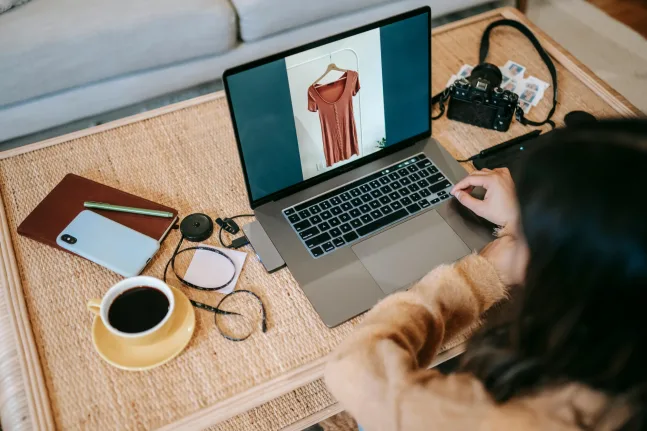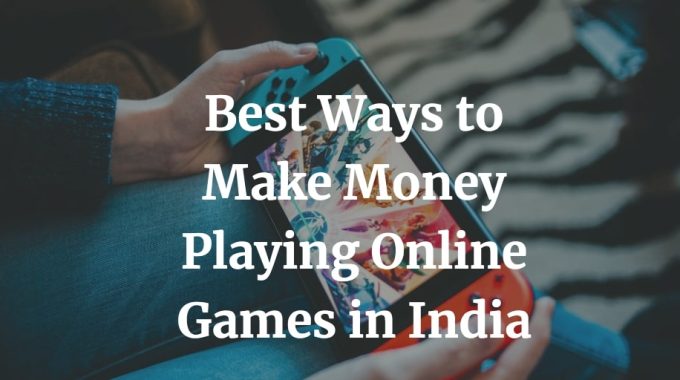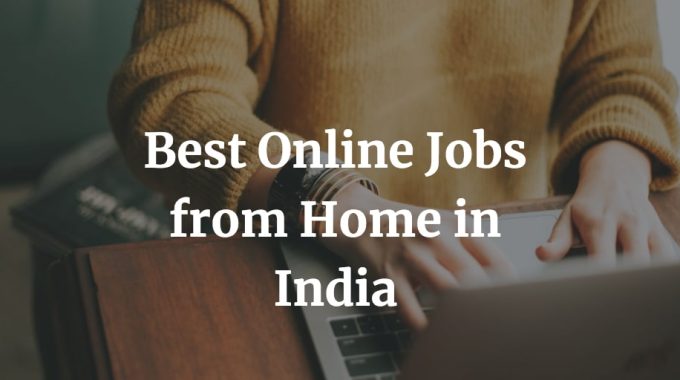How to Start an Online Clothing Business in India – Complete Guide

There’s a quiet revolution happening in India’s fashion world—and it’s not on the ramps of Lakme or the streets of Milan. It’s happening in bedrooms, small balconies, and home studios across the country. Young entrepreneurs, homemakers, and students are turning their passion for clothes into real businesses—powered only by Wi-Fi, creativity, and courage.
The online clothing business in India is booming like never before. The apparel market has crossed $100 billion, and fashion e-commerce is growing nearly 20% every year. But beyond the numbers, it’s the stories that inspire me—ordinary people who start with five designs and end up building thriving brands.
So, if you’ve been wondering, “Can I really start an online clothing business in India from home?” — let me tell you as a coach who has seen hundreds of such journeys unfold: yes, you absolutely can. You just need direction, consistency, and the right mindset.
Let’s walk through this together.
Finding Your Clothing Niche (and Your Voice)
Every great clothing brand starts with a story — and yours begins with a niche.
When I coach new entrepreneurs, this is where most of them stumble. They want to “sell to everyone.” But in fashion, selling to everyone means connecting with no one.
Ask yourself: Who do I really want to dress? Maybe it’s young professionals craving sustainable office wear. Maybe it’s moms looking for comfortable, stylish kurtas. Or maybe it’s just people who love minimal cotton outfits that last years.
I’ve seen clients succeed by narrowing their focus — not expanding it. Because when you find your audience’s heartbeat, your brand’s voice automatically sharpens.
If you can say in one line what makes your clothing different, you’ve already beaten half your competition.
Starting from Home: The Smart Way to Begin
Don’t wait for a fancy office or studio. Many of the most successful online clothing brands in India started right at home — using a small table, a ring light, and tons of determination.
I often tell my clients, “Your first customer doesn’t care where you work from. They care how your product makes them feel.”
You can start with:
- A small batch of products from local tailors or wholesalers.
- A no-inventory dropshipping model where your supplier ships directly to your customers.
- Or even pre-orders — showing designs first, producing only what sells.
If you’re working from home, make space for inventory and create a small packaging corner. Keep your operations simple and neat. Your home can absolutely be your launchpad — I’ve seen it happen over and over again.
Read: How to Start a Wholesale Clothing Business in India
Laying the Legal Groundwork
Here’s where things get serious. Turning your passion into a real business means setting up legally.
Choose a structure that fits your stage:
- If you’re starting solo, a Sole Proprietorship or One Person Company (OPC) works fine.
- If you plan to scale fast, consider registering your clothing business as an LLP or Private Limited Company.
And yes, I know this part feels dry. But here’s my coach’s advice: don’t skip it. I’ve seen people build solid brands, then get stuck later because they didn’t have a GST or trade license.
Get your GST registration, Udyam certificate, Shop and Establishment license (if you have a physical setup), and a current bank account. It’s paperwork, yes, but it’s what turns your idea into a legitimate business.
The Financial Basics You Should Know
A home-based clothing business doesn’t need massive capital. You can comfortably start between ₹50,000–₹2 lakh if you’re running online. That covers product sampling, branding, a small photoshoot, packaging, and your website.
Now, a quick but important money lesson I always repeat to my coaching clients:
“Profit isn’t what’s left after spending; it’s what you plan for from the start.”
Set your prices with margins in mind. Clothes under ₹1,000 attract 5% GST; above that, it’s 12%. Keep clean records, track every expense, and don’t underestimate how fast small costs add up.
Even if you’re new to accounting, get familiar with simple software like Zoho Books or QuickBooks. It’ll save you headaches later.>
Sourcing: Your Brand’s Backbone
Good sourcing is the silent strength behind every great clothing brand. I’ve seen business owners pour energy into Instagram ads while ignoring their supply chain — that’s a mistake.
Explore India’s textile clusters:
- Surat for synthetic fabrics
- Tiruppur for T-shirts and knitwear
- Kolkata for cottons and ethnic wear
- Delhi-NCR for versatile, ready-made clothing
If you’re small, order samples first and check the stitching, colourfastness, and fit. Don’t fall for too-good-to-be-true prices; in clothing, quality is your reputation.
If you prefer a no-inventory model, dropshipping works — but vet your supplier carefully. I’ve coached sellers who lost customers because their vendors shipped late or packed poorly. Always order from your own supplier once to test the full experience.
Building a Brand That Feels Human
Now, here’s where I love seeing entrepreneurs shine — branding.
People don’t fall in love with clothes; they fall in love with what the clothes represent. Maybe your brand stands for slow living, Indian crafts, or bold confidence. Whatever it is, communicate that feeling consistently.
Invest in small but meaningful things: a clean logo, thoughtful packaging, even a thank-you card inside the parcel. Those details are your silent salespeople.
As a coach, I often remind founders: “You don’t need to look big. You need to look real.” Authenticity travels faster than money ever can.
Creating Your Online Store
You’ve got two roads — your own website or a marketplace like Amazon, Myntra, or Meesho.
If you want control and a brand experience, platforms like Shopify or WooCommerce are fantastic. They give you flexibility, analytics, and a custom feel.
But if you want speed and traffic, marketplaces are a good starting point. Just remember — they own the customer data, not you. So as your sales grow, start shifting your audience to your own site.
And please, don’t cut corners on visuals. Even the most beautiful outfit won’t sell if the photo looks dull. Natural lighting, real models, and honest styling can transform your brand image overnight.
Marketing: The Human Way
Now comes the fun (and sometimes overwhelming) part — marketing.
Forget shouting “Buy now!” on every post. Instead, tell stories. Share where your fabric comes from, how you designed a pattern, or what problem your clothes solve.
Before launch, build curiosity: post sneak peeks, collect emails, maybe even gift samples to friends who’ll post about it.
After launch, dive into Instagram reels, Pinterest boards, and short videos showing your products in real life. Collaborate with micro-influencers — not necessarily celebrities, but relatable people who match your audience.
And if you love writing, start a small blog:
“How to Style a Kurta for Office Days” or “5 Ways to Reuse Your Festive Outfits.” It’s free traffic that builds credibility.
One of my favourite marketing lines I tell every client:
“Don’t chase followers; build a tribe.”
Because the people who connect with your story will sell your brand for you.
Going Beyond the Screen (Optional, but Rewarding)
Once your online business stabilises, think about popping up offline. A small home studio, a local exhibition, or even a pop-up store at a flea market can do wonders for exposure.
Offline doesn’t replace online — it deepens trust. Customers who meet you once are more likely to buy again online.
Serving Customers Like a Brand That Cares
Your best marketing tool? Happy customers.
Respond fast, be polite even when they’re not, and fix problems gracefully. I tell my coaching clients, “Every refund is a chance to show your professionalism.”
Create loyalty programs, referral offers, or simple handwritten notes — these small gestures keep your buyers coming back.
And never underestimate the power of reviews. Ask for them. Celebrate them. Display them proudly.
Final Thoughts
Starting an online clothing business in India isn’t a one-season story—it’s a marathon. There will be weeks when you’ll sell nothing, and then one reel or one influencer shout-out will change everything.
As a business coach, I can tell you — success here rarely happens fast, but it always happens for those who stay consistent.
You don’t need to have it all figured out. Just start. Make a few mistakes, learn, adjust, and keep improving your designs, your photos, and your customer experience.
The most successful entrepreneurs I’ve coached didn’t start perfectly—they just started.
FAQs on Starting an Online Clothing Business in India
1. How much does it cost to start an online clothing business from home in India?
You can begin with as little as ₹50,000 to ₹2 lakh, depending on whether you manufacture or resell. This covers basic setup, samples, website, and marketing. Start lean and grow gradually.
2. Do I need a GST number to sell clothes online?
Yes, GST registration is mandatory for selling clothes online in India, even if you’re a small seller or using marketplaces like Meesho, Amazon, or Flipkart.
3. Which platform is best to sell clothes online in India?
For beginners, Meesho, Amazon, and Myntra are great for quick visibility. As you grow, build your own Shopify or WooCommerce website for brand control and better margins.
4. Can I start an online clothing business without inventory?
Absolutely! You can use dropshipping or a print-on-demand model where suppliers handle production and shipping. Just ensure you choose reliable vendors.
5. How can I promote my clothing brand on a small budget?
Start with organic marketing — post regularly on Instagram and Pinterest, collaborate with micro-influencers, and run small ad campaigns targeting local audiences. Authentic storytelling often beats big budgets.
6. What are the profit margins in the clothing business?
Typically, online clothing brands see margins of 30–50% once they stabilise. Unique designs, smart sourcing, and strong branding can push it even higher.
7. How long does it take to become profitable?
Most small online clothing businesses take 6–12 months to break even. Consistency, product quality, and smart marketing are key factors in hitting profitability faster.
8. Can I run this business part-time while studying or working?
Yes, you can. Many successful entrepreneurs start part-time, managing orders and social media during evenings or weekends. Use automation tools to save time.
Before You Go:
If you’re ready to dive in, check out these next reads on muvsi.in:
- How to Register a Business in India
- Best E-commerce Website Builders for Indian Sellers
- How to Get a Business Loan in India
And remember — your online store isn’t just about fashion. It’s your story, stitched with courage, patience, and a bit of sparkle.

Hello, I’m Rupak Chakrabarty, a passionate advocate for small and medium enterprises (SMEs) and the driving force behind MUVSI Consulting, where I serve as a dedicated small business coach. With years of experience in the entrepreneurial world and a deep-rooted commitment to helping SMEs thrive, I bring a wealth of knowledge, expertise, and guidance to aspiring and established business owners alike.





